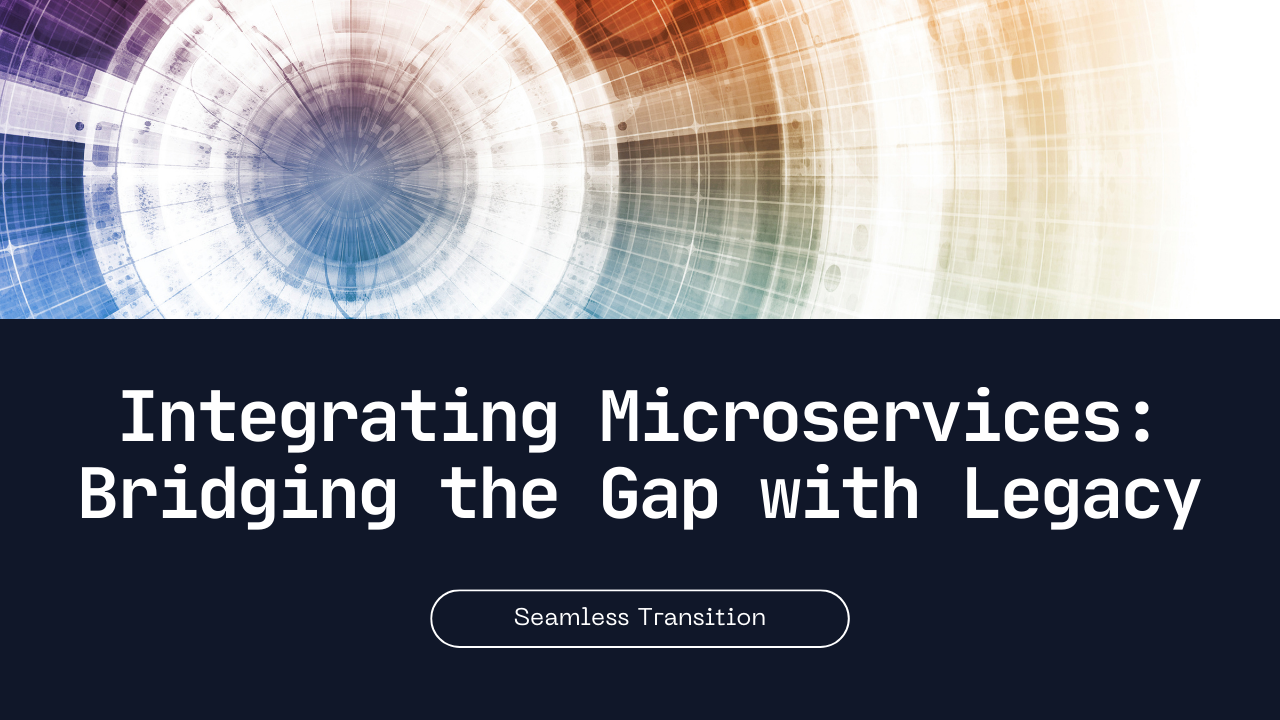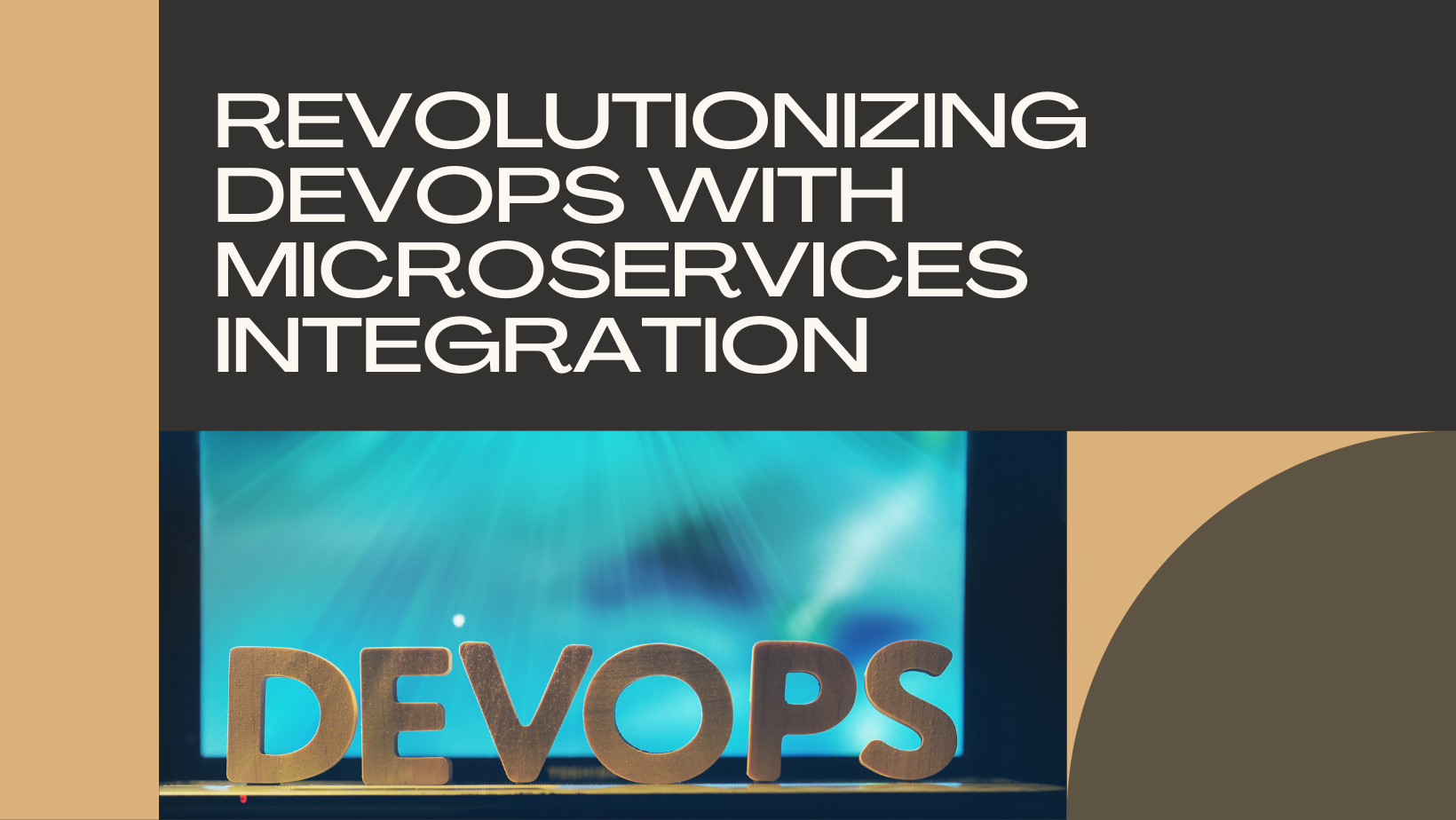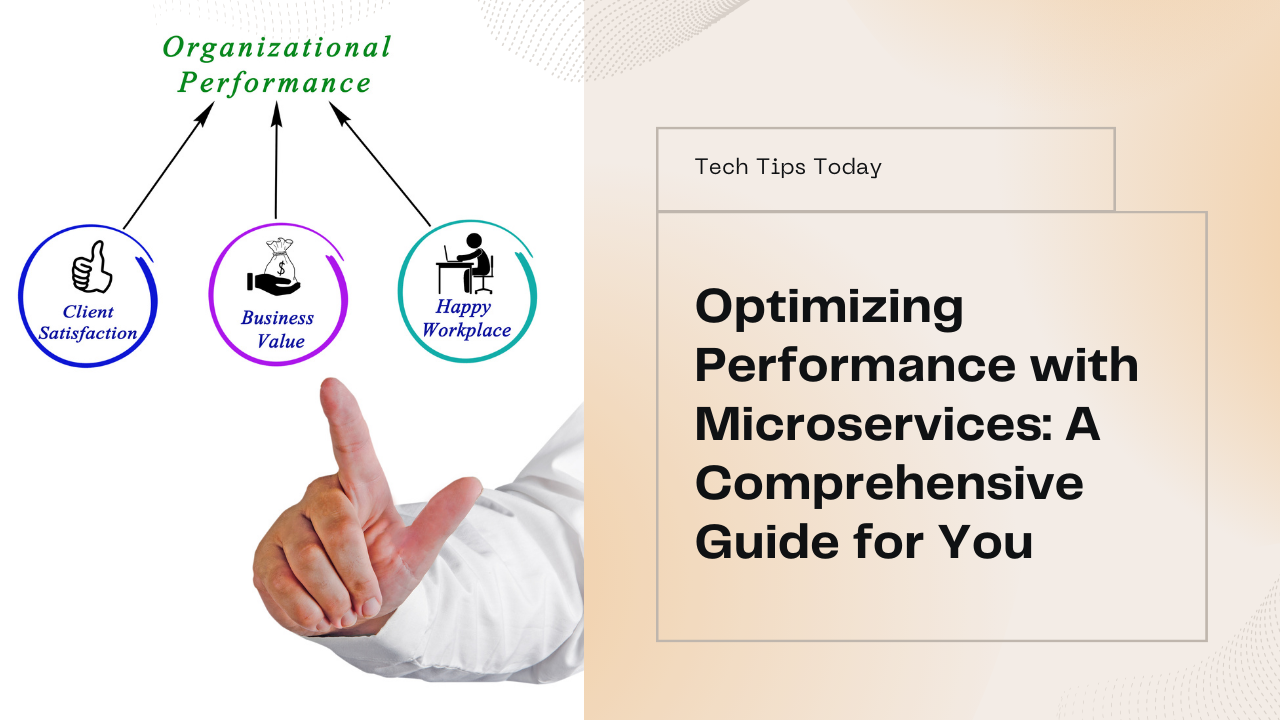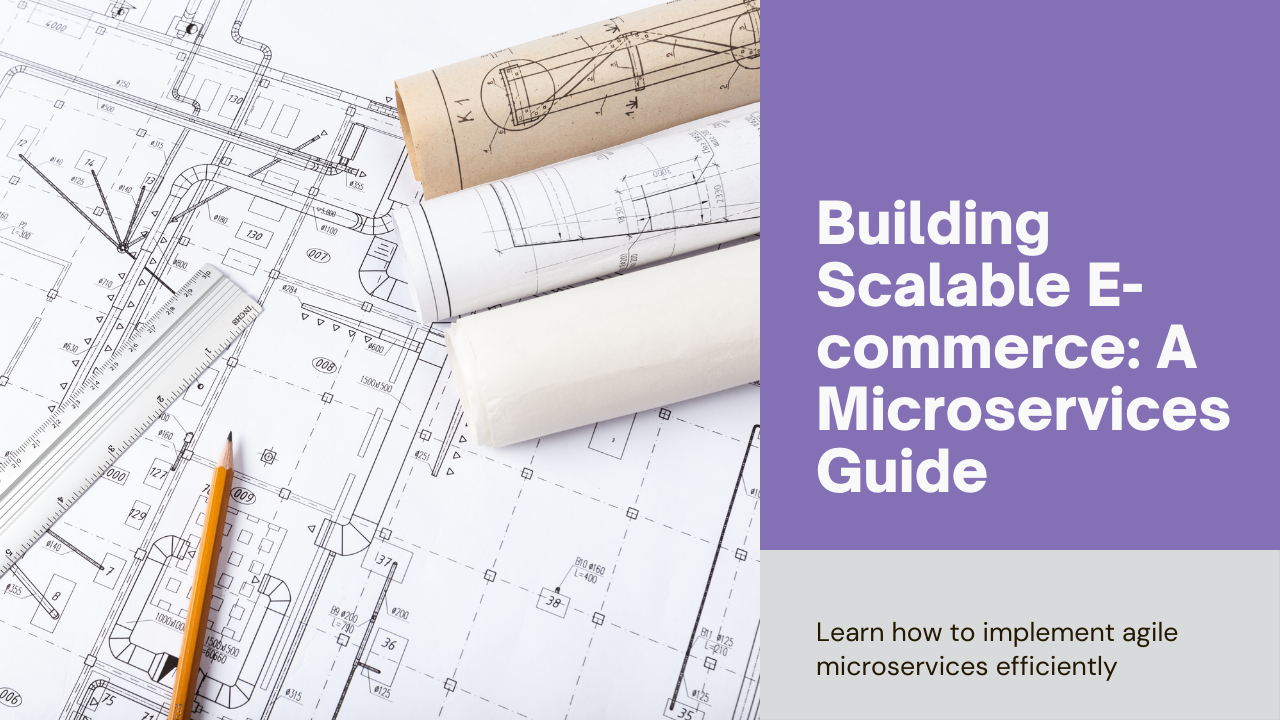In today’s rapidly evolving technological landscape, businesses face the challenge of modernizing their legacy systems while integrating new technologies. Microservices architecture, with its modular approach to building and deploying applications, offers a promising solution. This guide will delve into the intricacies of integrating microservices with legacy systems, highlighting the benefits, challenges, and best practices to ensure a smooth transition and successful implementation.
Understanding Microservices and Legacy Systems
What are Microservices?
Microservices are a software development technique where an application is divided into small, independent services that communicate over well-defined APIs. Each service is focused on a specific business function and can be developed, deployed, and scaled independently. This architecture contrasts with the traditional monolithic approach, where an application is built as a single, cohesive unit.
What are Legacy Systems?
Legacy systems refer to outdated software or hardware systems that continue to be used because they perform essential functions for an organization. These systems are often built on obsolete technologies, making them difficult to maintain and integrate with modern applications. However, they hold critical business logic and data that are vital for day-to-day operations.
The Benefits of Integrating Microservices with Legacy Systems
Enhanced Flexibility and Scalability
Microservices allow for the independent scaling of services based on demand, leading to more efficient resource utilization. By integrating microservices with legacy systems, organizations can gradually modernize their infrastructure without disrupting existing operations.
Improved Resilience and Fault Isolation
In a microservices architecture, failures in one service do not necessarily impact the entire system. This isolation enhances the overall resilience of the application, making it easier to identify and address issues without causing widespread disruptions.
Accelerated Development and Deployment
Microservices enable faster development cycles and continuous deployment. Development teams can work on different services simultaneously, reducing the time to market for new features and updates.
Facilitated Adoption of New Technologies
Integrating microservices with legacy systems paves the way for adopting new technologies and frameworks. Organizations can incrementally replace or augment legacy components with modern solutions, ensuring a seamless transition.
Challenges of Integrating Microservices with Legacy Systems
Complexity of Integration
Integrating microservices with legacy systems can be complex, as it involves connecting disparate technologies and architectures. Ensuring seamless communication and data consistency between the old and new systems is a significant challenge.
Data Synchronization and Consistency
Legacy systems often have their data storage mechanisms, which may not align with the data models used by microservices. Maintaining data consistency and synchronization between the two systems is crucial to prevent discrepancies and ensure reliable operations.
Security and Compliance
Ensuring the security and compliance of integrated systems is vital, especially when dealing with sensitive data. Legacy systems may lack modern security features, necessitating additional measures to protect the integrated architecture.
Organizational Resistance
Organizations may face resistance from stakeholders and teams accustomed to the existing legacy systems. Change management and clear communication are essential to address concerns and facilitate a smooth transition.
Best Practices for Integrating Microservices with Legacy Systems
1. Assess and Plan
Before diving into integration, conduct a thorough assessment of your legacy systems. Identify critical components, dependencies, and potential integration points. Develop a detailed integration plan that outlines the scope, timeline, and resources required for the project.
Conclusion
Integrating microservices with legacy systems is a complex but rewarding endeavor. By following best practices and leveraging the right tools and technologies, organizations can achieve a seamless integration that enhances flexibility, scalability, and resilience. A phased approach, robust planning, and a culture of collaboration are essential to overcoming challenges and ensuring the success of the integration process.
At Sodio Technologies, we specialize in helping businesses navigate the complexities of integrating microservices with legacy systems. Our team of experts is equipped with the knowledge and tools to deliver tailored solutions that meet your unique needs. Contact us today to learn more about how we can support your integration journey.







